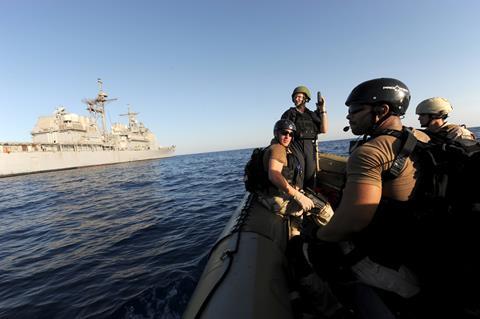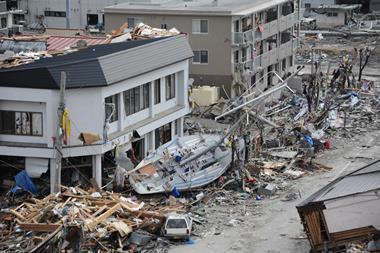Although pirate attacks are becoming more widespread, merchant ships are also becoming harder targets leading to a decrease in successful attacks, new research shows

Far from being confined to the coast of Somalia, pirate attacks at sea are becoming much more widespread, a new in-depth piracy report revealed. At the same time these attacks are less successful thanks to better protected and savvier ship owners.
Ship owners are also beginning to use the elements to their advantage, claimed the report. Smaller, lighter pirate skiffs are less able to sail in heavy or stormy seas, merchant ship captains are using this to their advantage, leading to a decrease in the number of successful pirate attacks.
The data collected also presented proof that the piracy trend has moved from the Gulf of Aden, once considered to be the main piracy hotspot, to the Arabian Sea and the Indian Ocean.
The scattering of the problem is traced back to an increased presence of naval assets in the Gulf of Aden, forcing pirates to flee to less well guarded areas.
“There is a concentration of naval assets in the Gulf of Aden which have undoubtedly helped to deter pirate activity,” Clive Stoddart, Aon’s global head of Kidnap and Ransom told StrategicRISK.
“The naval assets cannot possibly police the bigger, wider area of the Arabian Sea and the Indian Ocean because they simply do not have enough vessels.”
While piracy has significantly increased in the past few years, pirates are also facing much more aware and better protected targets.
Data collected for the report revealed that the success rate of piracy attacks has steadily decreased in recent times. Being more conscious of the danger, ship owners have started to use wind and weather to their advantage.
“We are coming out of a monsoon period at the moment and the activity of the pirates diminishes distinctly when the weather is bad because they can’t get their small boats out to sea where most of the merchant vessels are plying their trade,” said Stoddart.
“There is an appreciation of the fact that vessels are usually safer during the monsoon period than they are when the sea is calm.”
The data does not provide any clear advice on what is the safest time to sail. The general perception, however, is that night time is more dangerous than daylight.
The report, published by the Aon Kidnap and Ransom Practice, is the first of its kind to provide a fact-based analysis of the risk presented by piracy to ship owners and organisations.
Aon’s research, which was collected between September 2009 and September 2011, provides a contrast to the general consensus that pirate activity in Somalia has increased.
“There is so much speculation and prevarication by different people to what they think is right and wrong. We have used publicly available information to analyse the attacks, look at the data and come to conclusions based on fact,” said Stoddart.














No comments yet